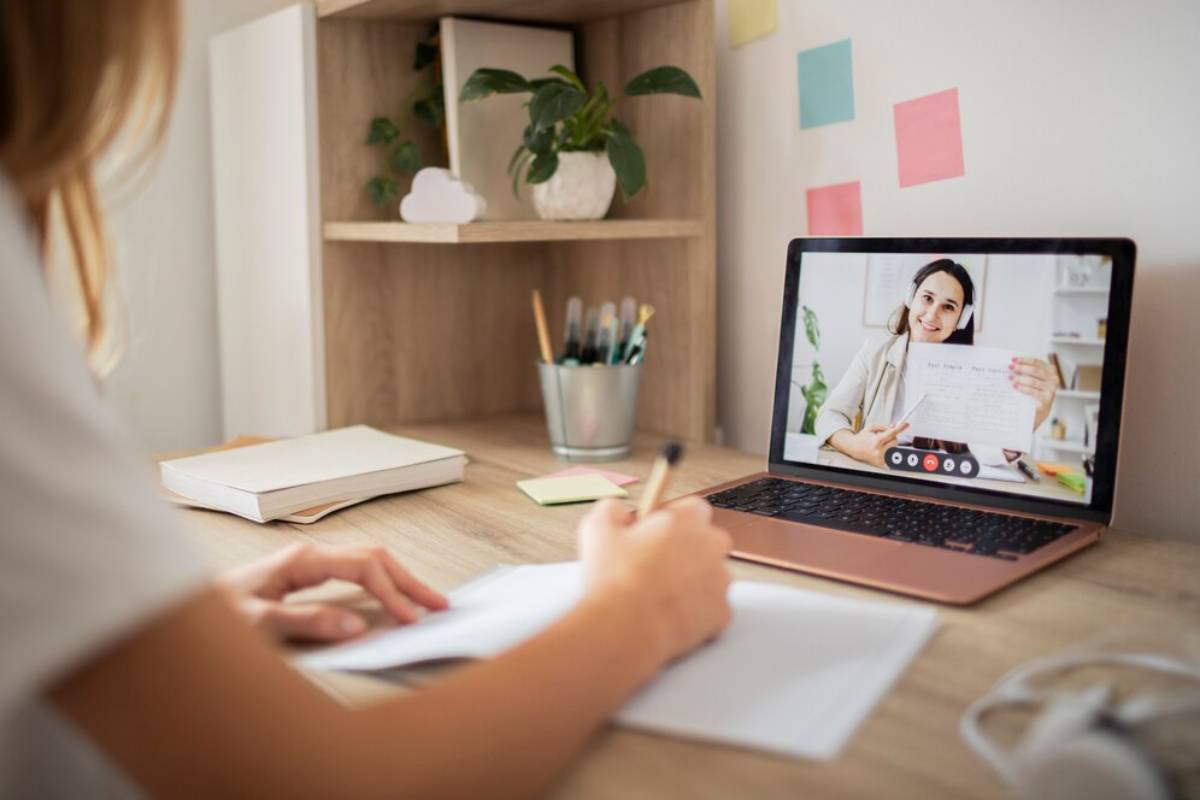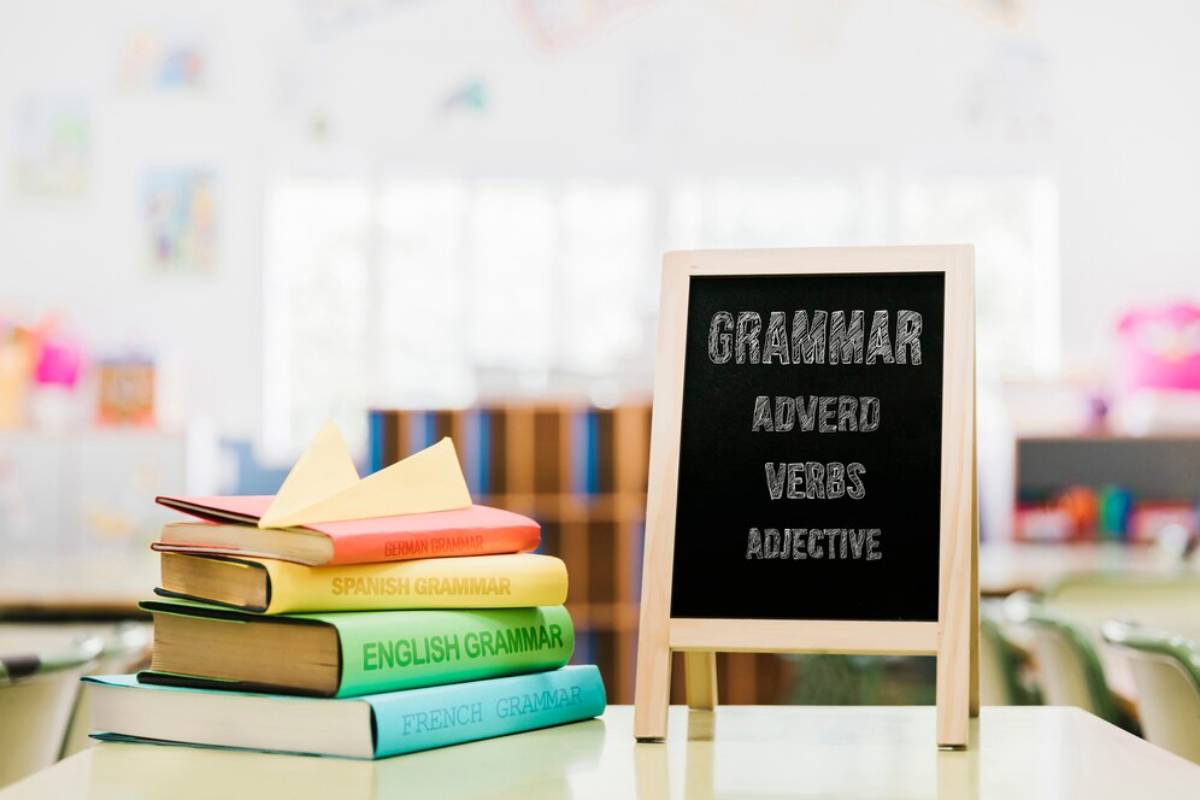
Engage Your Ears: Listening Techniques for Fast Fluency
You hear it all the time — “Just listen more, and you’ll improve your language skills.”
But if you’ve ever zoned out while playing a podcast or got lost in a fast TV show, you know listening alone isn’t enough. Real progress comes from how you listen.
In this post, we’ll explore simple but powerful auditory learning techniques that help you develop listening fluency and get more out of every minute you spend with your ears open. No fancy tools needed — just a smart strategy and some time each day.
Why Listening Matters So Much
Listening is where fluency begins.
Before you can speak well, you need to hear how the language works in real life, not just in textbooks.
Strong listening skills help you:
- Understand natural speech and fast conversations
- Pick up slang, tone, and rhythm
- Speak more naturally because you’ve absorbed real patterns
- Think in the language, not just translate
The Problem with Passive Listening
Many learners play podcasts or shows in the background while doing other things. That’s okay sometimes, but on its own, it doesn’t lead to real fluency.
Passive listening often leads to:
- Tuning out the content
- Not catching new words or grammar
- Feeling like you “heard” something but didn’t learn much
Active Listening vs. Passive Listening

Let’s break it down:
| Passive | Active |
| Background noise | Focused attention |
| No notes | Taking notes or shadowing |
| No replay | Repeating key parts |
| No goal | Clear purpose (e.g. learn 5 phrases) |
To really boost your skills, you want to spend more time on active listening.
How to Practise Active Listening
1. Choose the Right Audio
Start with something just above your level — not too easy, not too hard.
Good sources:
- Short news clips
- Language learning podcasts
- TV shows with subtitles
- YouTube videos made for learners
2. Listen in Chunks
Break audio into 1–2 minute sections. Don’t try to take in too much at once.
- Play once to get the gist
- Play again to catch the details
- Pause and repeat any tricky parts
3. Write What You Hear
Try a quick dictation exercise:
- Listen to a sentence
- Pause
- Write it down
- Check against subtitles or a transcript
This helps you connect sounds with spelling and structure.
4. Use the Shadowing Technique
Shadowing means repeating after the speaker immediately, with matching tone and pace. It’s like karaoke for your brain.
You’ll improve:
- Pronunciation
- Rhythm
- Memory
Build a Listening Habit

A little every day is better than a lot once a week.
Try this:
- 10 minutes in the morning: short podcast or video
- 10 minutes later in the day: repeat and shadow what you heard
- At night: relaxed listening while winding down
If you do this daily, you’ll start hearing the language differently within a few weeks.
Tools That Make Listening Easier
You don’t need much, but a few tools can help:
- Language Reactor (Chrome extension) – Dual subtitles on YouTube and Netflix
- Speechling – Record and compare your speaking to native speakers
- LyricsTraining – Learn languages through music and fill-in-the-blank games
- Slow News Podcasts – Easy-to-follow news in many languages
Use Visuals with Listening for Better Results
Pairing audio with visuals strengthens memory.
Try:
- Enjoy watching videos that have subtitles to help you understand the dialogue better.
- Try reading along with transcripts while listening to audio to reinforce your learning.
- Engage with animated content or picture books in the language you are learning to make it fun and educational.
This uses more of your brain and helps make sense of what you hear.
Real-Life Example: How Luca Improved with Just 15 Minutes a Day
Luca, 27, had trouble understanding spoken French. “It all sounded like a blur,” he said.
He changed his approach:
- Listened to a 3-minute podcast every morning
- Paused after each sentence and repeated it out loud
- Took notes on words he didn’t know
- Reviewed the same clip the next day
After 30 days, Luca could follow full episodes without subtitles.
“Now I can actually enjoy French content,” he says. “It feels natural.”
Common Mistakes to Avoid
- Multitasking while listening — Engaging in multiple tasks at once will lead to reduced comprehension and understanding of the material.
- Jumping into native-level content too soon — It is essential to begin with material that aligns with your current understanding and skill level before advancing.
- Skipping repetition — Replaying information can significantly aid in reinforcing your memory and ensuring better retention of what you have learned.
- Expecting instant results — Remember that learning is a gradual process, and improvements will come over time, not in an immediate burst.
Conclusion: Train Your Ears, Boost Your Fluency
Listening well means more than hearing sounds. It’s about engaging your ears and mind meaningfully.
Practising this skill turns every podcast, video, or chat into a chance for personal growth. Your understanding will improve. Your speech will flow better. You’ll connect more deeply with the language you’re learning.
So, grab your headphones and put them on. Press the play button, and listen with focus and intention. As you engage in this process, you will notice that gaining fluency in the language will gradually become easier and more natural over time.


